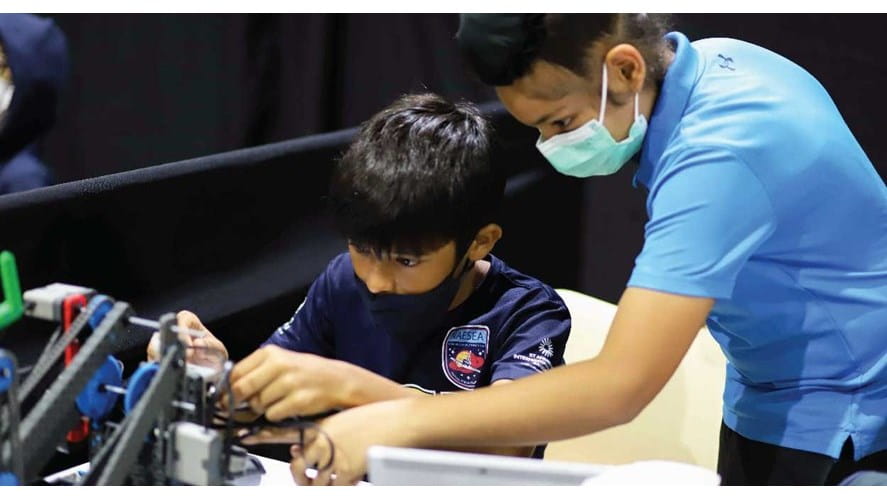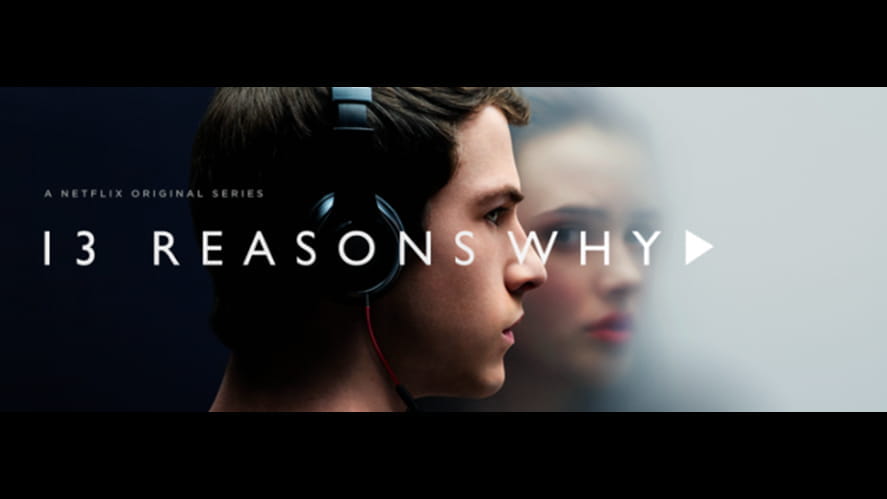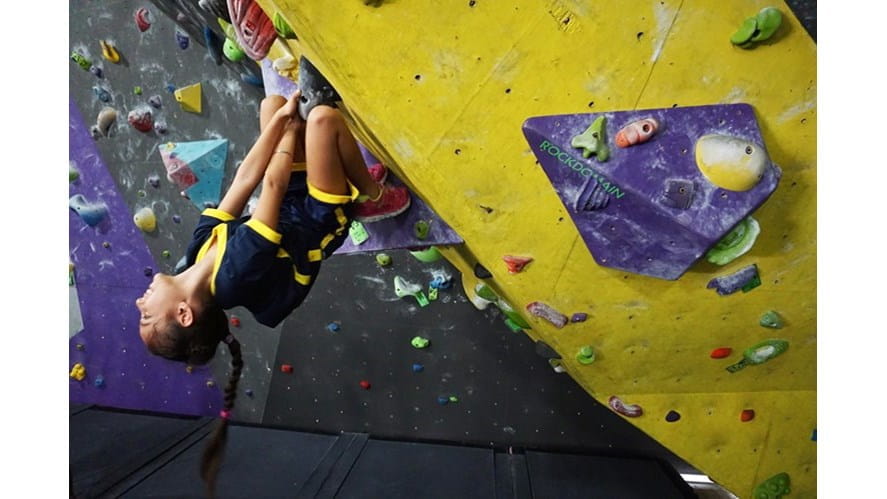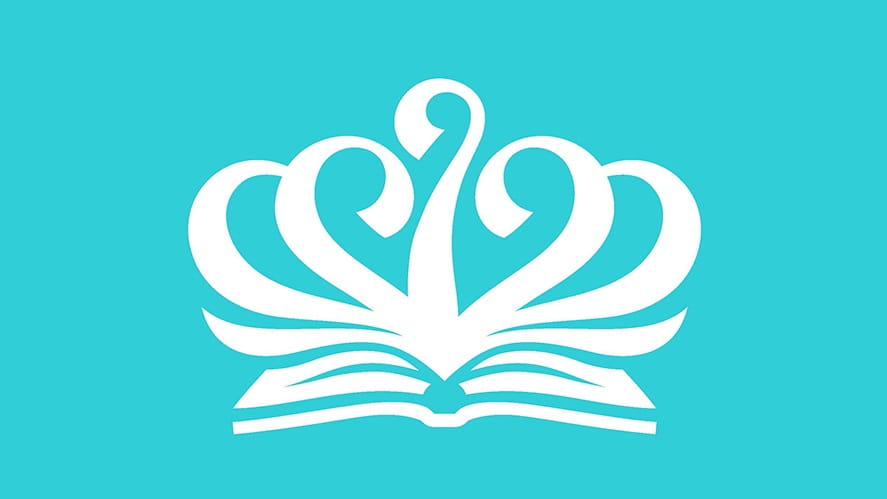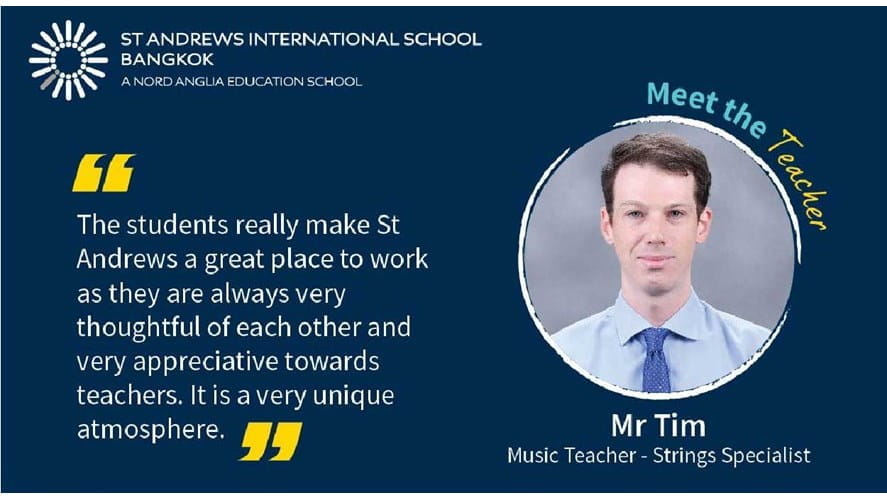How do we apply project-based learning in the classroom?
Project-based learning (PBL) is a teaching method in which students learn by actively engaging in real-world and personally meaningful projects. At St Andrews, we aim to develop projects which emulate the real-life working environment, which allow students to find creative approaches to solving problems and strengthen their creative skills.
[[\media\Design Tech Final 1.mp4]]
Project-based Learning is a teaching method in which students learn by actively engaging in real-world and personally meaningful projects. At St Andrews, we aim to develop projects which emulate the real-life working environment, which allow students to find creative approaches to solving problems and strengthen their creative skills.
Teaching and Learning in Technology
Our experienced Technology teachers ensure that there are creative approaches to teaching and learning in the classroom. Teachers facilitate students' learning by listening to the student's direction and providing students with the skills necessary to achieve their goals.
Establishing a Growth Mindset environment
Technology has a strong focus on a growth mindset. Teachers ensure that students are focused on improvement and develop their interest in a particular area. We encourage mistakes as we know this allows students to grow. Challenges are welcome, and effort from our students is necessary to develop a strategy. We further develop a growth mindset in our students by ensuring students are not focused on the end goal; it is the process in which they learn.
Post-Pandemic creativity
Creative skill is an area that we must nurture post-pandemic. Transferable skills are increasingly in demand these days. Higher education establishments and employers are looking for well-rounded and creative individuals. It is acceptable for people to do things again and again until they get it right. As educators, we want our students to enjoy the journey and risks taken through gradual and incremental steps, risk-taking, freedom of expression, and innovation. Meaningful reflection throughout the process is vital. James Dyson, a respected modern-day engineer, models this idea perfectly.
'In 1978, dissatisfied with the performance of his new Hoover Junior, James had an idea. He'd spotted a local sawmill using cyclone technology to separate sawdust particles from the air. Could this work on a vacuum cleaner? James ripped off his Hoover's clogging, stinking bag and replaced it with a crude cardboard prototype of his cyclone design - and it worked! James knew he was onto something, but it would take time to perfect his idea. Five years and 5,127 prototypes later, he created DC01, the world's first bagless vacuum cleaner.' - Learn more here.
Over 5000 times the prototype was wrong. This is an important message we want our Technology students to understand.
Our Goal
We aim to nurture our student’s creative brains, build their resilience and confidence to fail. We are now into the fourth industrial revolution where there is a physical, digital and biological fusion of skills needed in order for our young people to succeed in the near future. PBL allows this, and we are incredibly proud of what we do here at St Andrews.



